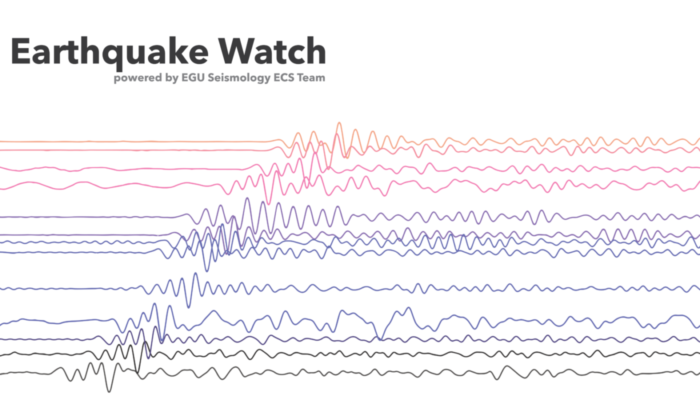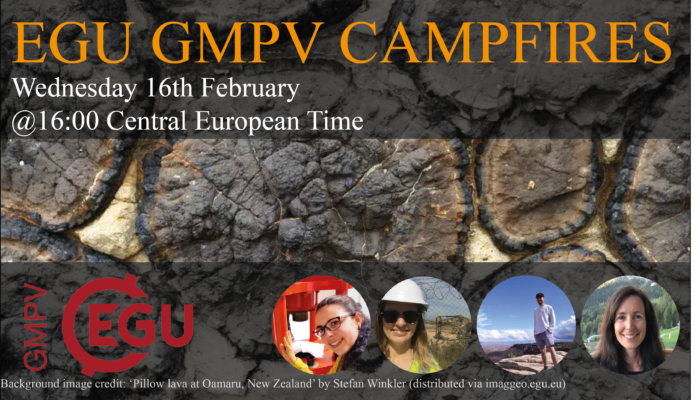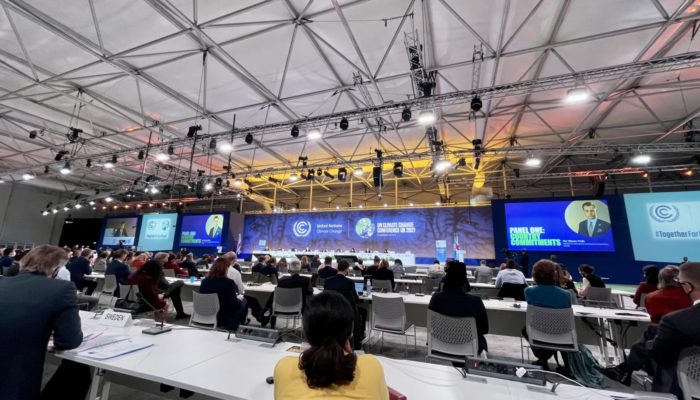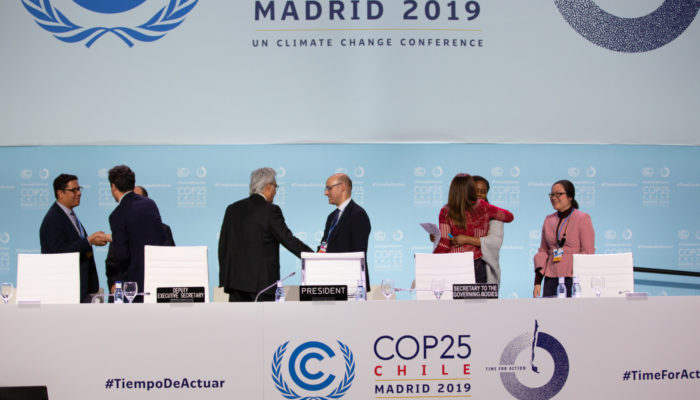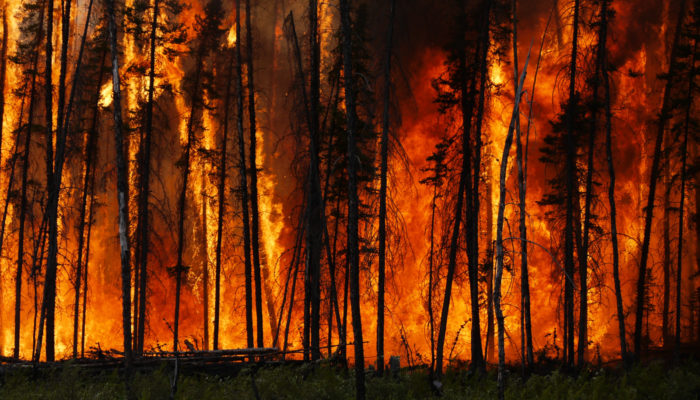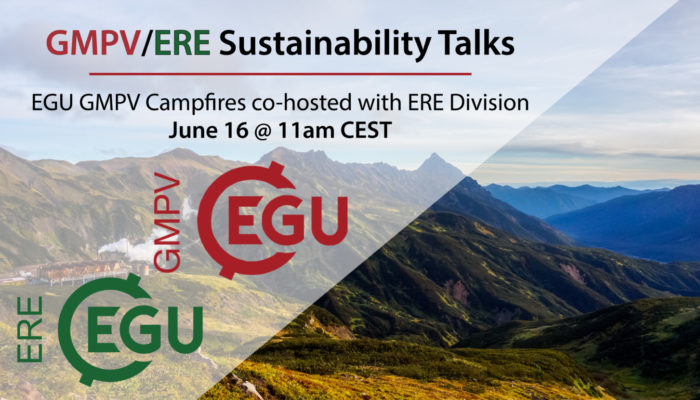Assoc. Prof. Dr Onur Tan from Istanbul University-Cerrahpasa outlines the 6 February 2023 Kahramanmaraş Earthquakes for the Earthquake Watch. February 6, 2023, was a catastrophic day for Turkey. The most destructive earthquake in the last century, Mw 7.8, hit the eastern part of the country at 04:17 local time. Unexpectedly, the second Mw 7.5 mainshock shook the region nine hours later. The mainsh ...[Read More]
If you didn't find what you was looking for try searching again.
Tectonics and Structural Geology
TS Must-Read – Cannat et al. (2006) Modes of seafloor generation at a melt-poor ultraslow-spreading ridge
For the first time in 2006 Cannat and co-workers described a smooth seafloor type in the mid-ocean ridge located in the SW Indian Ocean (SWIR). The 660-km-long off-axis bathymetry, gravity, and magnetic dataset presented in the study lies near the Rodrigues triple junction (RTJ in Fig. 1). The must read paper expanded the previous conceptual models that considered mid ocean ridges as primarily vol ...[Read More]
Geochemistry, Mineralogy, Petrology & Volcanology
GMPV Outside Academia: a Panel Discussion of EGU Campfires – March 16 @ 13:00 CET
The Early Career Scientists (ECS) Committee of the GMPV Division is excited to present the new Campfires’ session ‘GMPV Outside Academia’! Join us at lunchtime for a virtual panel discussion with four amazing panellists! The panel discussion will be held on Wednesday 16th March at 13pm CET on Zoom. Our four panellists are: Rebecca Paisley – Exploration Geochemist for Cornis ...[Read More]
Tectonics and Structural Geology
TS Must Read paper – Foreland Basin Systems, DeCelles & Giles (1996)
Foreland Basin Systems, by DeCelles and Giles (1996), expands the concept of foreland basin into the more comprehensive and integrative concept of foreland basin systems. Foreland basin systems can be defined, as per this TS must-read paper, as compressional regions where various tectonic forces lead to flexural responses of a variable wavelength, which may in turn lead to up to four areas with po ...[Read More]
Tectonics and Structural Geology
TS Must-Read – Caine et al., 1996 Fault zone architecture and permeability structure
Caine et. al. (1996) is a cornerstone paper which describes, compares and quantifies brittle fault zones and their permeability (fluid flow) properties from observations. Doing so, the paper initiates the accumulation of information on the permeability of brittle fault zones described previously (Randolph and Johnson 1989; Scholz 2019; Byerlee 1993). The study begins by defining fault zones as com ...[Read More]
Geochemistry, Mineralogy, Petrology & Volcanology
EGU GMPV ECS Campfires – 16th Edition
After a short winter break, the Geochemistry, Mineralogy, Petrology and Volcanology division’s early career scientists talks (EGU campfires) are back! The first session in 2022 (and 16th overall) will be a general format event. The talks will be held on Wednesday 16th February at 4pm CET on Zoom. Our four speakers are: Barbara Bonechi (PostDoc @ Sapienza University of Rome, Italy) – High pre ...[Read More]
Biogeosciences
Biogeosciences in the blue zone- COP26.
Our Editor, Ben Fisher, writes about his experience as an observer at COP26 and the representation of biogeosciences in the negotiation area. I was extremely fortunate to have the opportunity attend the second week of COP26 as a delegate of the Scientific Committee on Antarctic Research (SCAR). Having been a rather last minute addition to the attendance list (I found out I’d got credentials ...[Read More]
GeoLog
GeoPolicy: What can we expect from COP26?
The 26th session of the Conference of the Parties (COP26) to the United Nations Framework Convention on Climate Change (UNFCCC) will take place from 31 October to 12 November 2021, in Glasgow, Scotland. With the exception of 2020, COPs are held annually and provide a space for world leaders to negotiate climate policies, targets, and the next steps that need to be take to reduce global emissions. ...[Read More]
GeoLog
GeoPolicy: What does the IPCC’s 6th Assessment Report tell us about the future?
The Intergovernmental Panel on Climate Change (IPCC) prepares and publishes extensive Assessment Reports on the scientific, technical and socio-economic knowledge on climate change, including its impacts, future risks, and likely scenarios based on the actions that humanity takes. In their sixth Assessment Report (AR6), the IPCC’s certainty and warnings were clearer than ever. This month’s GeoPoli ...[Read More]
Geochemistry, Mineralogy, Petrology & Volcanology
GMPV Campfires co-hosted with ERE Division: Sustainability Talks! Wednesday 16th June @ 11am CEST
Together with the Energy, Resources and the Environment (ERE) Division we organized a new special edition of Campfires focused on sustainability. The upcoming talks will be held on Wednesday 16th June @ 11am CEST over Zoom and will be divided into three main topics: 1) Carbon Capture and Storage (CCS); 2) Sustainable Mining; 3) Urban aquifer thermal energy storage (ATES). Our speakers are: Kieran ...[Read More]

